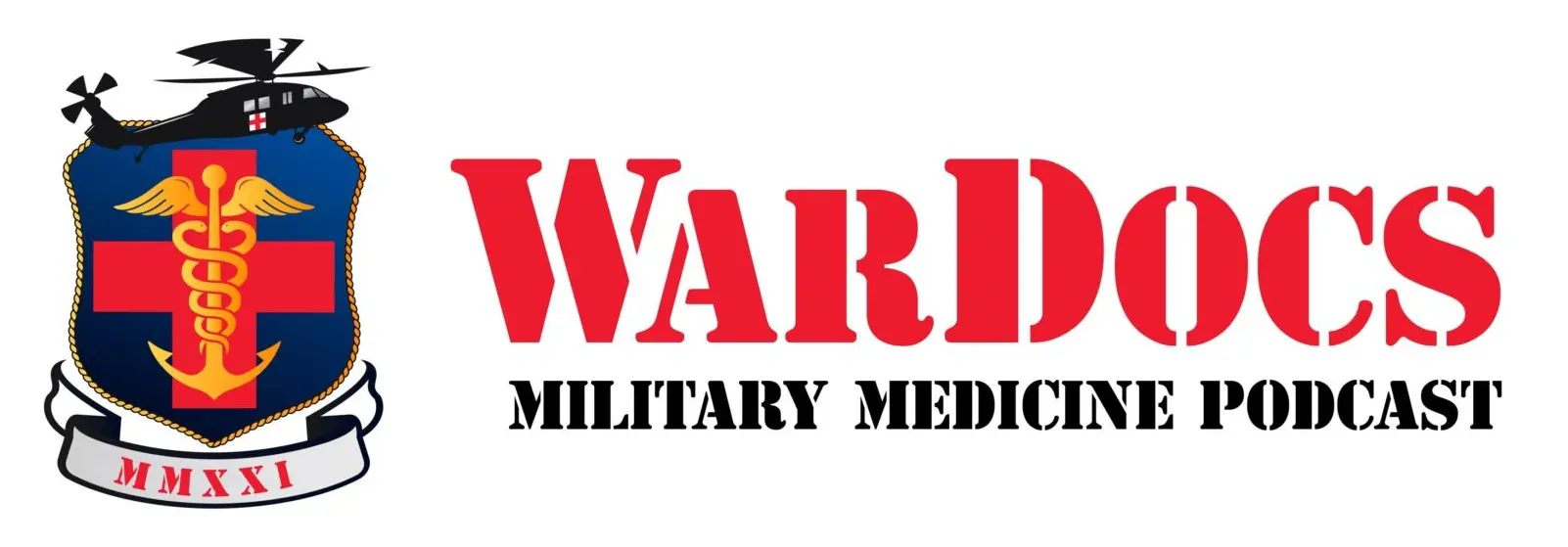Respiratory Protection to a New Level
By Dr Alex Birrell, CEO and Steve Carlson, Director Government Solutions, National – CleanSpace Technology
From Combat & Casualty Care , August 2022
There are many respiratory protection options available to protect healthcare workers (HCW) from hazardous airborne contaminants, but the design and means by which these types of respirators function are very different.
Surgical masks are not approved respiratory protection. They are designed to limit large droplet spread from the wearer in a sterile environment, as well as protect the wearer’s mouth and nose from direct patient events. No surgical mask will prevent the emission or inhalation of infectious particles. Filtering Facepiece Respirators (FFRs) are negative pressure single use disposable masks, meaning air is drawn in through the mask by the wearer’s breathing effort. N95 respirators, the most common FFR, must be worn with a tight seal against the wearer’s face in order to fully protect. Elastomeric respirators are non-powered reusable, half or full facepiece devices have a replaceable filter element that may be selected to provide the needed level of filtration. Powered Air Purifying Respirators (PAPRs) consist of a battery-powered air handler or blower that draws ambient air through a filter cartridge, directing the purified air to headgear such as a mask, hood or helmet. The power unit generates positive pressure inside the mask, which keeps unfiltered air from entering the headgear.
HIGH-LEVEL PROTECTION, A NORM IN ROUTINE CARE
Repeated threats to public health from major respiratory outbreaks and epidemics in the past have tested healthcare systems globally. New threats and the ongoing outbreaks of COVID-19, respiratory syncytial virus (RSV), and influenza expose our healthcare system and the community’s extreme vulnerability of relying on low-tech single use masks. Low efficacy and reliability results in high infection rates in HCW; creating stress, mental health issues and absenteeism. Staff shortages and the costs of consumable masks diverts spend from critical patient care or expanding hospitals capabilities and functions. Where personal protective equipment (PPE) and specifically HCW respiratory care are concerned, healthcare systems are best served by reusable, high-level PAPR protection where staff are trained, familiar and comfortable with using their respiratory protective equipment (RPE) in routine care across the hospital.
Facing and overcoming health crises, such as the COVID-19 pandemic, create valuable opportunities to learn and strengthen the system. Importantly, key lessons from the pandemic can be readily applied now and assist with ongoing outbreaks.
POWERED PURIFICATION, A BREATH OF FRESH AIR
CleanSpace® is the first modern, lightweight PAPR system that has been successfully protecting workers from airborne contaminants for the past decade.
With no hoses or belts, CleanSpace incorporates the latest technology (AirSensit®) that features positive pressure airflow, HE (High Efficiency) particulate filter offering 99.97% filtration efficiency and up to 9 hours battery life. This advanced technology has proven to reduce healthcare worker infection of COVID-19. Sengkang General Hospital in Singapore had a whole-of-hospital implementation of CleanSpace HALO prior to COVID-19. During the pandemic, Sengkang extended deployment to their community teams. The Sengkang team provided care for 800 patients, over six months and had no healthcare worker infections.
CleanSpace respirators are simple to use, quick to don/doff, are validated for disinfection/sterilization and are compatible with commonly worn equipment in hospitals (e.g. loupes, stethoscope). Why is this important? High performing PAPR systems are no good unless they can be readily used and available when clinical staff need them. CleanSpace understands hospitals.
CleanSpace’s clinical implementation team has partnered with close to 1000 hospitals as they transitioned to reusable PAPR systems. These hospitals have benefited from higher staff protection, comfort and confidence that their management have secured a best-in-class system for respiratory hazards.
For more information,
visit www.cleanspacetechnology.com

